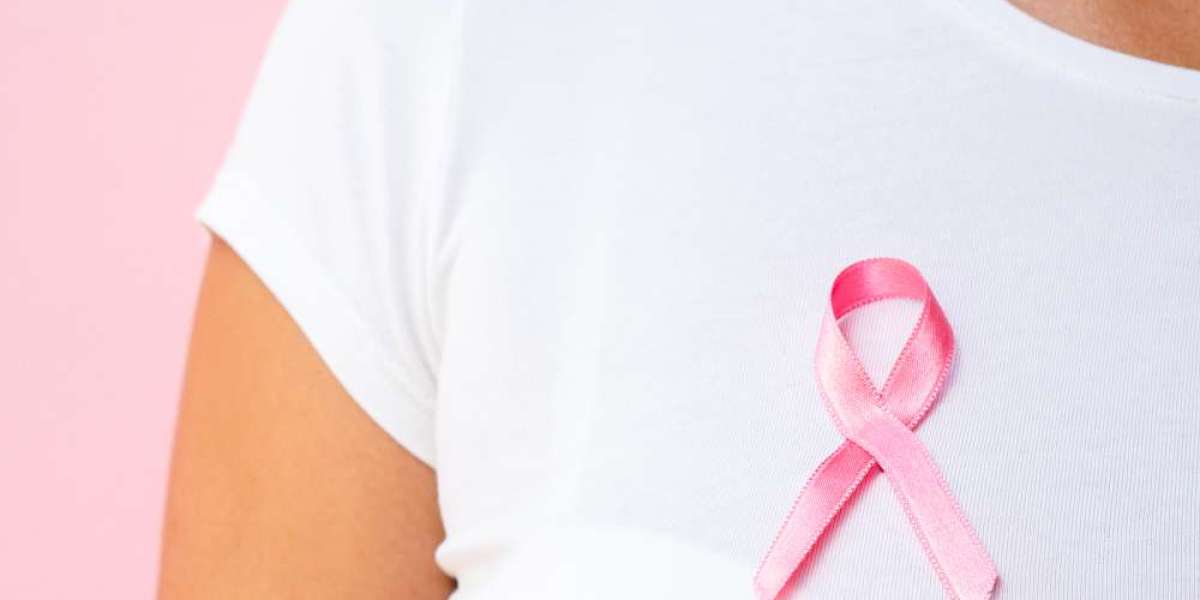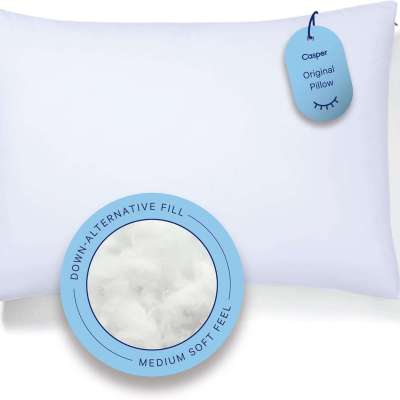article image source: freepik (link)
Several member states have already taken action to reduce food waste and textile waste, but some have faced unintended consequences due to a lack of necessary infrastructure.
What are the new rules?
EU member states will be required to reduce food waste from households, retailers, and restaurants by 30% by 2030, compared to 2021-2023 levels. They will also be required to reduce waste from food manufacturing and processing by 10%.
According to EU estimates, the amount of food waste per person annually is approximately 130 kilograms, totaling 60 million tons. As for textiles, member states will be required to establish producer responsibility systems, with manufacturers covering the costs of collection, sorting, and recycling, starting 30 months after the directive enters into force. The European Union notes that around 1% of global clothing is currently recycled, while the bloc produces around 12.6 million pieces of textile waste each year.
What should countries do?
EU member states have so far adopted various approaches to addressing this waste. In Poland, for example, large retailers are required to donate unsold food to NGOs, organize public campaigns against food waste, and report on their efforts. A network of food banks also rescues food with short shelf life or damaged packaging and redistributes it to those in need.
In Spain, a law was passed this year aiming to reduce per capita food waste by 50% in the retail and consumer sectors, and by 20% across supply chains, by 2030.
Spain's Minister of Agriculture, Fisheries and Food, Luis Planas, stated that 2024 had already marked a turning point in the fight against food waste, with approximately 51.54 million tons of food and beverages prevented from being thrown away. However, the reduction in waste did not exceed 4.4%, leaving the total volume at approximately 15.125 million tons last year.
In Bulgaria, the average consumer threw away 93 kilograms of food in 2023, according to Eurostat data cited by Tsanka Milanova, director of the Bulgarian Food Bank. This equates to 614,000 tons annually nationwide. Milanova noted that producing one kilogram of apples requires 700 liters of water, highlighting the environmental burden. Textile waste exacerbates the problem.
In Bulgaria, more than 100,000 tons are disposed of annually, while only about 7,000 tons are collected separately, according to the recycling company Texcycle. In the absence of a mandatory national recovery system, collection currently relies solely on public awareness and voluntary initiatives, even though EU countries are required to collect textile waste separately.
advertisement
This law has caused widespread problems in Sweden, where EU regulations were directly transposed into national law this year, amid a lack of clarity over who is responsible for the disposal and recycling of textile waste. Much of the textile waste—which would normally have been burned—has been sent to recycling plants or second-hand stores, which are flooded with tons of unusable material.
"The laws were brought in the wrong order," Anna-Karin Gribwall of the waste industry organization Avval Sverg told Swedish news agency TT in January.
The Swedish government announced the suspension of its legislation effective October 1, allowing the disposal of no longer usable clothing once again. Romania faces a major overhaul of its clothing waste management. The country lacks infrastructure, despite EU funding allocated for 26 new recycling facilities by 2026. Until then, Romania may have to export much of its waste or dispose of it in landfills without separating it, increasing costs and negatively impacting the environment.
The extremely low landfill tax in Romania exacerbates the problem, at just €50 per ton, compared to €500 in other European countries.
Several EU countries have already introduced separate collection systems for textile waste ahead of the 2025 deadline.
For example, Italy began this process in 2022, and while there has been some improvement, it has not been significant. Separate collection of textile waste increased by about 9% between 2019 and 2023, from 157,700 tons to 171,600 tons, according to the Italian Institute for Environmental Research and Protection. Last year, Spain submitted a draft royal decree that would make producers responsible for financing and regulating the collection and processing of textile waste.
What's next?
The new EU rules on food and textile waste will now be signed by the European Parliament and member states before becoming law, before being published in the EU Official Journal. This will provide clarity for countries like Sweden, although short-term difficulties may persist due to the 30-month deadline before manufacturers are required to take responsibility. Meanwhile, environmental activists are calling on consumers to change their behavior. “Everyone should buy no more than five new items of clothing a year,” says Beatrice Rindevall, president of the Swedish Nature Conservation Society, which organizes regular clothing swaps.
Swedish MPs hope these measures will help stem the tide of cheap imports that fuel fast fashion, where catwalk trends are quickly and cheaply copied, often in China. Separately, the European Union has proposed a flat import duty of €2 on small parcels in an attempt to curb the influx of low-cost shipments associated with fast fashion sales.
Over the past year, 4.6 billion parcels entered the bloc—more than 145 per second—with 90% of these originating from China.
Leading European textile and clothing industry associations recently issued a joint statement denouncing the situation and calling on the EU to do more to address it.
Thank you !

















































